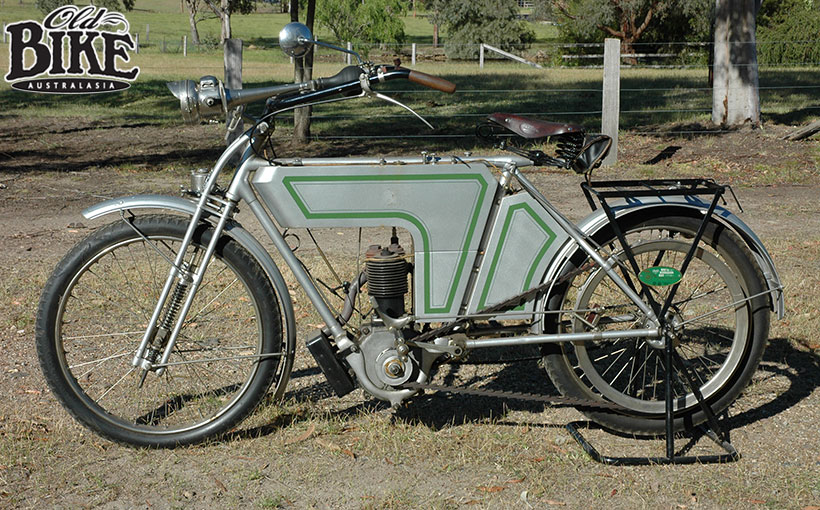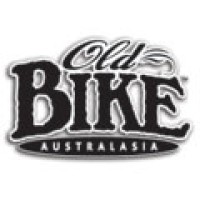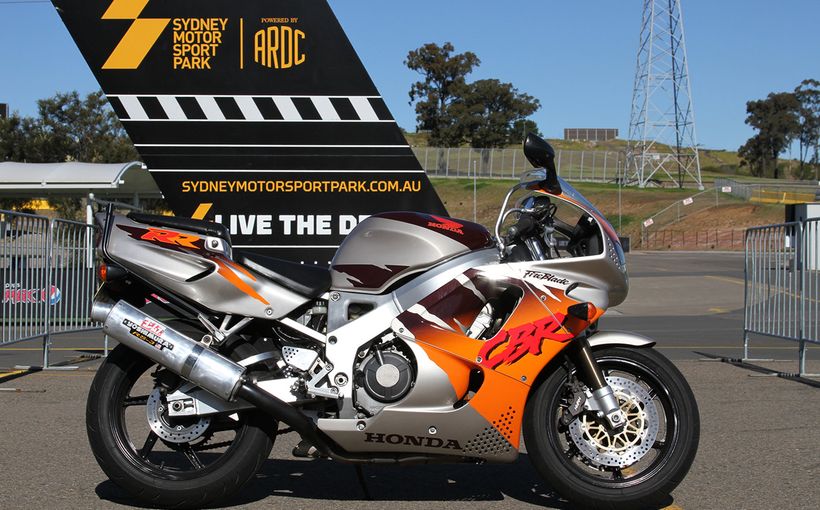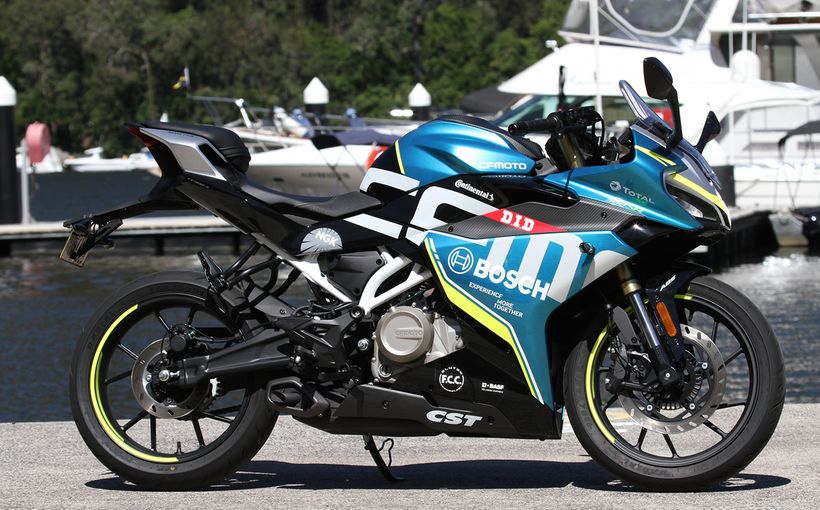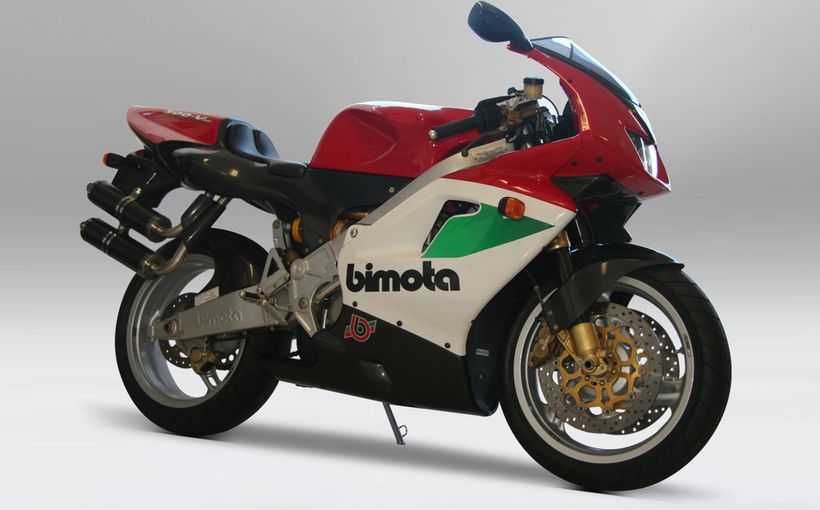Old Bike Australasia: 1906 Rex - Rex Recreation

Originally a car manufacturer, Coventry-based Rex branched into motorcycles in 1900 and went on to be one of the most revered marques in the business, becoming Rex Acme with the takeover of the neighbouring Acme company in 1919. The legendary Walter Handley, who later became competitions manager for the firm, raced to a string of TT and GP success and numerous records at Brooklands, but it was not enough to save the company which collapsed in 1930. Rex Acme was briefly revived by a new management but disappeared finally in 1933.
When Keith Hamilton was given a ‘sad collection of parts’ from which to reconstruct a 1905 Rex, he found the pile also contained large lumps of a 1906 model. So, when the original project was completed, which involved making a replica of an early carburettor from scratch, he gathered the surplus bits and set about breathing new life into the 1906 model. Here’s the story in his own words.

The collection of odd parts that triggered the rebuilding of the 1906 Rex, were included in a very large packing case that contained a ‘20s flat twin Harley Davidson, and an almost complete 1905 Rex, all dismantled, together with numerous ex - WD BSA engines, gearboxes, and other assorted parts to top up the crate in storage.
At least one abortive effort had been made at both the dismantled Harley and the 1905 Rex. A jumble of parts had been sandblasted and stove enamelled in inappropriate colours, without any effort towards straightening buckled rims and damaged parts. Both the Rex and Harley frames had been roughly enamelled and ‘lined’ - the Rex in the wrong colours, and the Harley without repairing an obviously ‘shunted’ frame - so bad that the repaired and painted petrol tank could not possibly fit into its space, and the front forks, when fitted, badly fouled the front of the frame.
This then was the situation when all the parts had been sorted out and roughly assembled where possible, at which point it was discovered that parts of a 1906 Rex were also present, but this had been deemed to be ‘re-engineered’ to form the basis for a “forecar”. The 465 cc motor, had already been the subject of engineering drawings to increase the capacity by over-boring and lengthening the stroke, with the addition of a gearing system that had already been made and was intended to be bolted to the drive side crankcase half. Luckily the whole project had been abandoned before any machining had been carried out on the motor.
The 1905 Rex was pretty much complete, only lacking the correct carburettor, a 1912 item having been fitted at some time in the distant past. The newly painted rims were bent and rusted beyond use, and all spokes and some odd parts including mudguards were also badly rusted. From about 1980, the 1905 Rex progressed slowly. It was not completed until 1990, when the painting was farmed out to an expert in Melbourne, and all the necessary lining and detail work done by his very experienced hand.
Throughout this period I had carried out intensive research on the early Rex machines, and I refused to have anything to do with the proposed alterations to the 1906 Rex machine, even though there had been a brand new reproduction made of the “forecar” chassis and wheels. I just could not bring myself to be a party to the destruction of what was a recoverable 1906 Rex. The “forecar” parts were subsequently traded off, and the 1906 Rex parts now stood at a good frame, and mutilated petrol tank, two pairs of badly broken Rex patent spring forks, no carburettor or any controls, no wheels or hubs, but half of a set of handlebars, and the engine. This was in fact in very good condition; much better in fact than the 1905, which was of a completely different design, its obvious shortcomings overcome by the far superior 1906 re-design.

The discovery of a strange linkage in the original packing case proved to be a Rex patent decompressor unit, which included the original unique handlebar lever. This was found to be new for 1906, and its identification was the result of the accumulation of Rex literature that I had obtained over the past years. Almost all of this came from the UK, where I had established contact with the Rex marque specialist. In fact the only piece of information missing was the details of the rear drum brake. This has never been found, probably because the brake had undergone at least three major changes in 1906, and only a small indistinct picture of the last design late in 1906 had survived intact. This I eventually had to reproduce, albeit with the help of modern technology!
The end result was that I acquired all the 1906 parts through the owner’s generosity, and a bit of horse trading, and with the 1905 restoration completed, I set to making up missing parts, some identical to the 1905 machine, including a second carburettor.
The known front and rear hub parts were machined from solid, courtesy of drawings of originals in the UK and held together with Loctite, but it was obvious that there was a lot of detailed work to be done before the forks and pedalling gear, and the rear brake operation was completed. There also remained to be made the special mudguard support stays and fittings, and a complete Rex patent rear parcel carrier/stand. Luckily the 1905 Rex still had the original carrier to copy.
There were even strange elongated ‘knurled’ nuts, that were eventually identified as rear axle footrests which doubled as mountings for the unique, Rex patent combination folding parcel carrier and rear stand! At a later date an Australian period picture turned up of a Rex with a parcel carrier passenger using these footrests. I had a supply of new old stock ‘Dunlop’ beaded edge rims, the same as had been fitted to the ‘05 Rex.

Front fork construction was straightforward, but required the building of assembly jigs, and ‘dummy‘ sliders to ensure accuracy of the brazing process. The assembly was built much stronger, as the originals had failed and been patched several times. All the main lugs were re-useable, but the slider bosses were bored out and fitted with bronze bushings, the sliders built up with bronze, and re-machined to suit and a new set of springs made them better than new.
I made a new head stem to replace the original ‘push bike’ related item, with modern preloaded bearings. The complete failure of the original headstem assembly, including the handlebars, and related fork structure almost certainly caused the machine to be put off the road originally, as the condition of the rest of the parts including the engine was still excellent.
Sheet metal work is always a pleasure trip for me, and the necessary Rex-style complete enclosure of the carburettor, batteries & ignition trembler coil was carried out in the original manner with copper riveting and soldered joints, but folded brass hinges were used instead of the typical original folded and steel pinned hinges. All these construction details were copied from a drawing of the remains of an original bike in Western Australia.
In more recent times the original carburettor used on these early Rex machines has been reproduced, but I had no such option, so after referring to drawings of early spray carburettors, and having the choke tube and float compartment of a very early carburettor of this type, sans controls, in my ‘treasures’ box, I used this unit as the basis for patterns that I made and had cast up in bronze. This was fully machined in my 4-inch ‘Hercus’ lathe, using various jigs held in a 4 jaw chuck. Standard ‘butterflies’ were sourced and incorporated in the design to align with the typical tank top controls of the period, and provide the throttle and choke. There was also provision made to fit different throttle venturis, and a couple of different aluminium tubes were made up, but the first one fitted proved satisfactory and has never been changed. The jet support tube and float assembly are standard old-style AMAL parts.
The 1906 had an ignition switch, which was described in literature, but with no pictures. It seems that when the decompressor was operated, it activated a switch of some kind in the area of the exhaust valve tappet, this is proved by a warning in the owner’s handbook, ‘Do not leave the patent decompressor lever in the ‘Go’ position when machine is stopped or stored, as this can result in the flattening of the battery’. With nothing to go on, I made up a knife switch in the manner of early electrics, and made it two-way so that the two batteries (a 1906 feature) could be accessed without having to stop and open up the battery box and physically change the wires from one battery to the other. This switch is mounted on top of the box under the seat where it is easily accessible while riding, but protected from the weather.

The only item of the restoration ‘farmed out’ was the plating, and this was done with double copper plating and polishing before the nickel was applied. There was a complete acetylene lighting set to be plated, plus the handlebars and mudguard stays and fittings, as well as many other controls and odd parts. I did all the painting, including the intricate lining of the mudguards and petrol tank.
If the controls are set correctly, the motor will start the first time over compression every time, largely due to the string of sparks given by the trembler coil, as it is a pedal or bump start operation. The Rex always proved to be a breeze, although I always needed assistance to mount up, and be given that little ‘shove’ to get under way. Two rides in the Adelaide ‘Bay to Birdwood’ were two of the greatest biking pleasures of my life. The first was undertaken with the Rex in a raw unpainted , barely completed state. I actually did the final ‘tuning’ at my old mate Les Diener’s home the day before the ride, and he came along as my ‘back up’. We stopped at Tea Tree Gully for a comfort stop and a jet change, but apart from that we had no stops apart from traffic light problems, where I never had trouble finding some one to help me mount up again.
Two years later I repeated the ride, but this time fully painted and with the benefit of tweaking the ignition and carburettor to a perfect state of tune.
Protect your Rex. Call Shannons Insurance on 13 46 46 to get a quote today.

